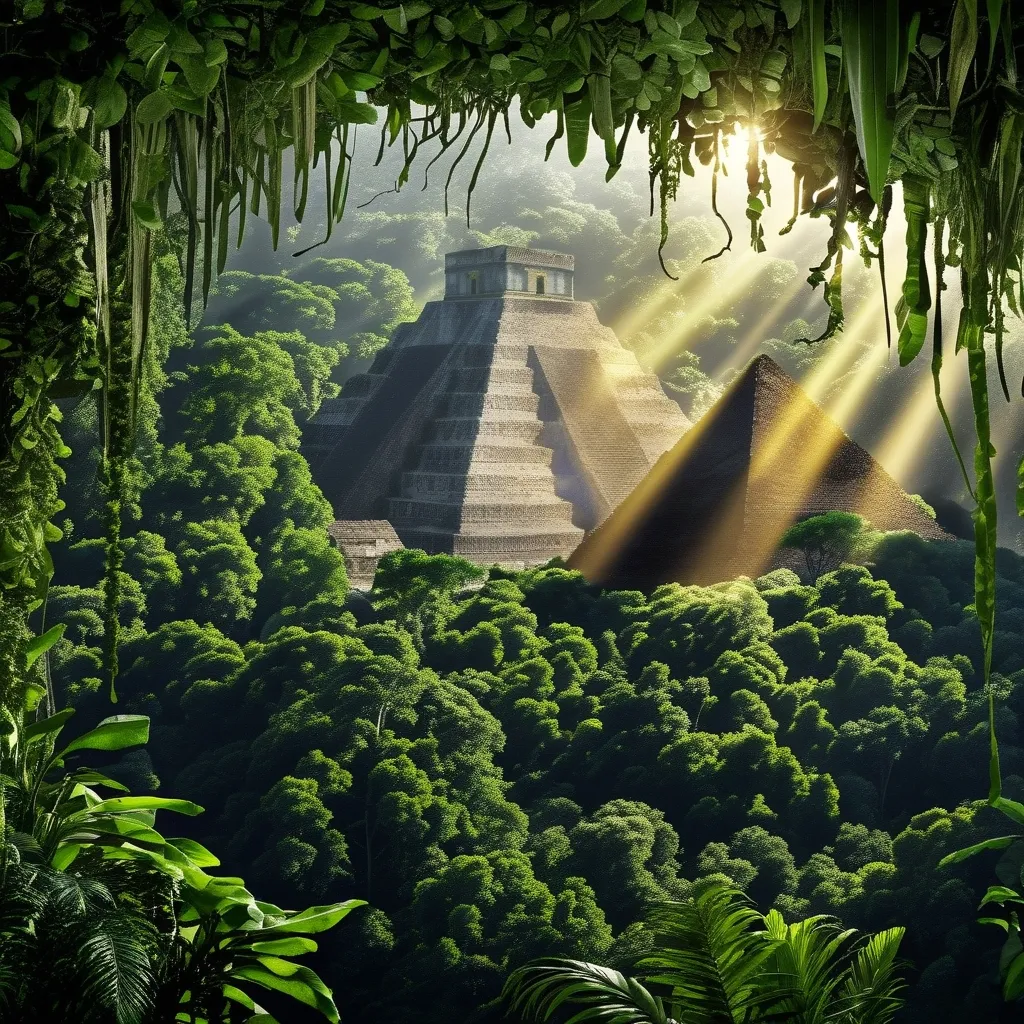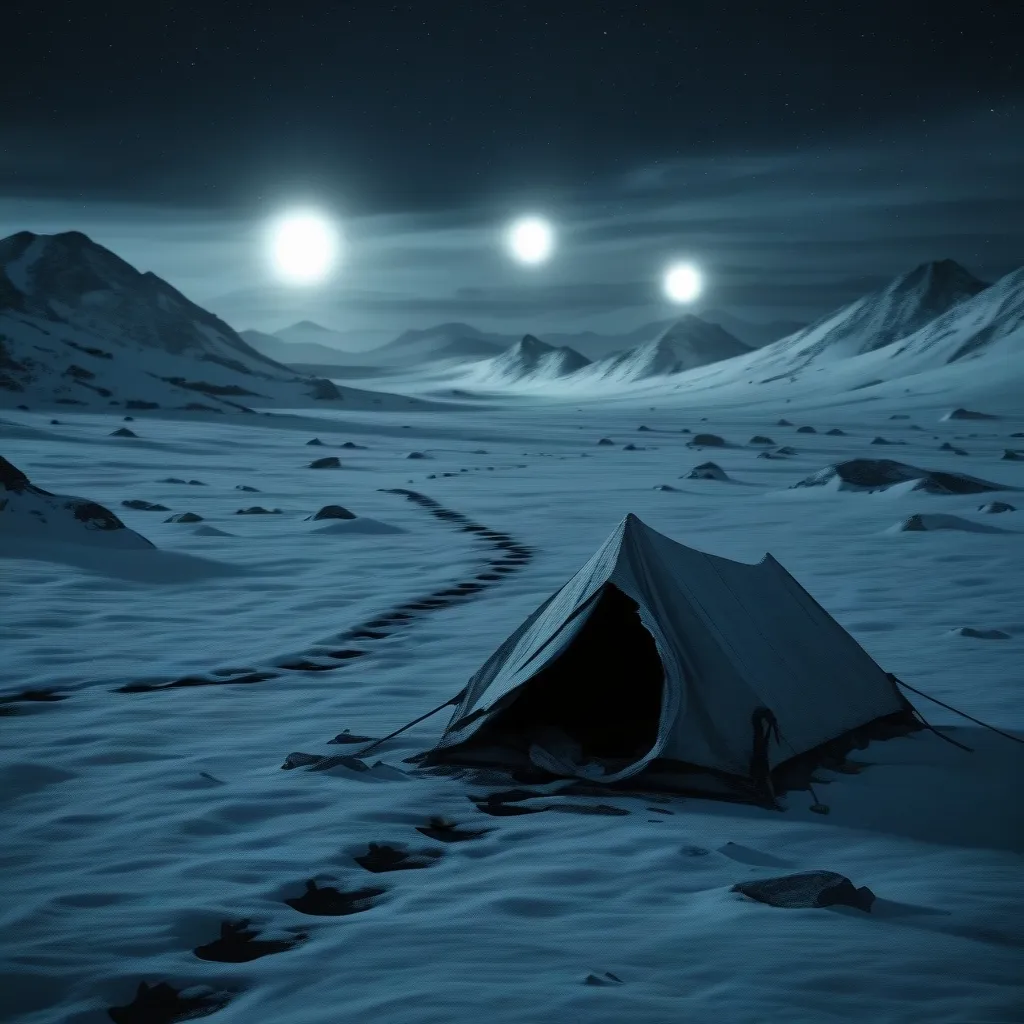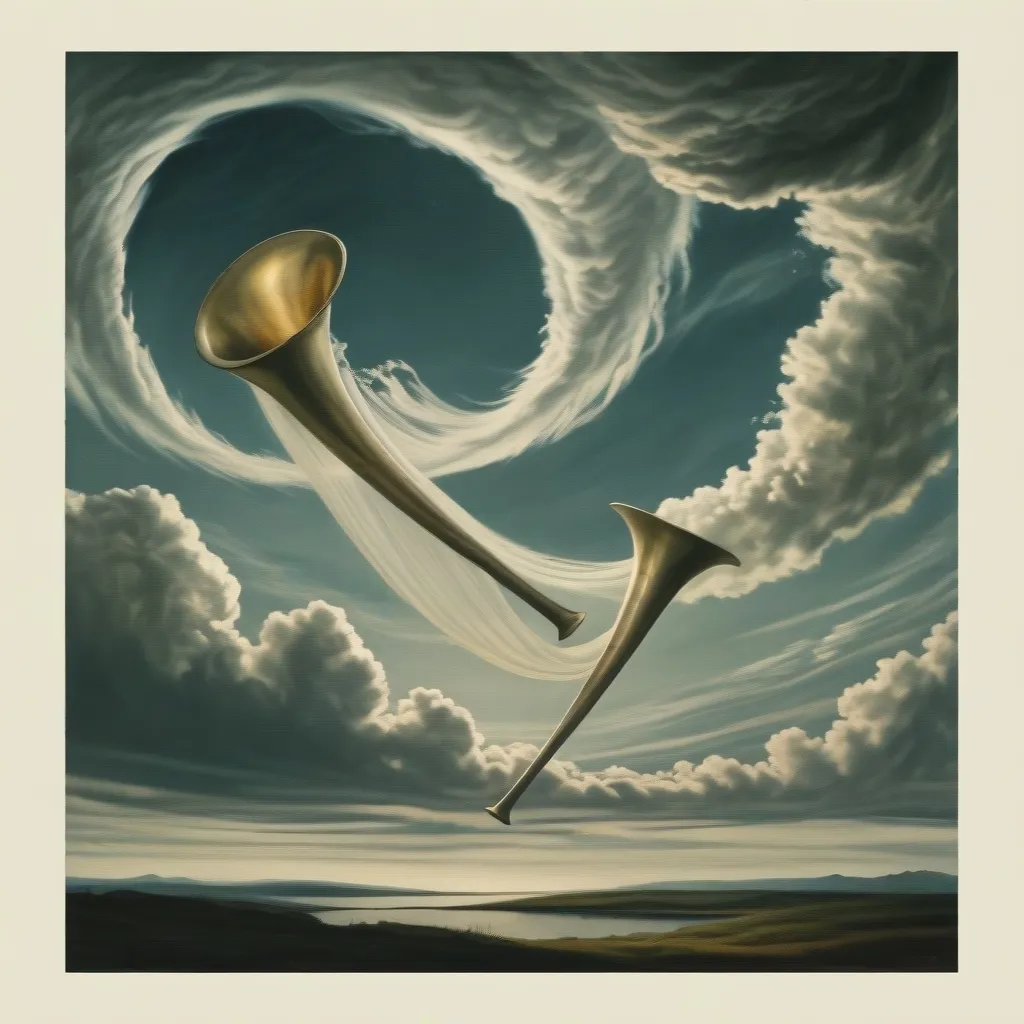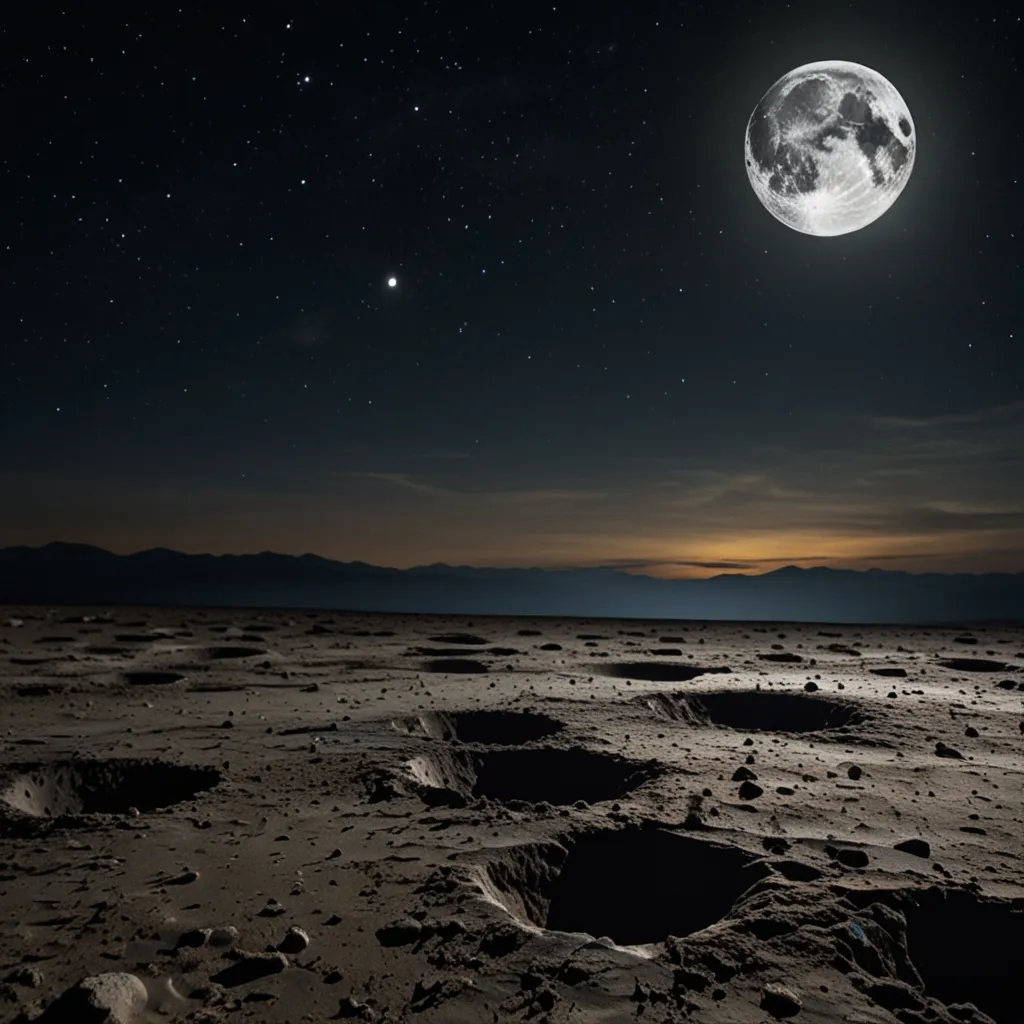The Legend of El Dorado: Unraveling the Amazon’s Golden Mystery
Deep in the heart of the Amazon rainforest, a legend has captivated explorers and dreamers for centuries. El Dorado, the fabled city of gold, has been the subject of countless expeditions, wild speculations, and tragic tales. But what’s the real story behind this mythical place? Let’s dive into the jungle and uncover the truth.
It all started with a misunderstanding. The Muisca people, who lived in what’s now Colombia, had this cool ritual where their chief would cover himself in gold dust and then take a dip in a lake. Spanish conquistadors heard about this and thought, “Holy moly, there must be a whole city made of gold out there!” And just like that, the legend of El Dorado was born.
Now, imagine you’re a 16th-century Spanish explorer. You hear about this city of gold, and your eyes light up like a kid on Christmas morning. You gather your crew, pack your bags, and head off into the unknown. Sounds exciting, right? Well, not so fast.
One of the first guys to give it a shot was Francisco Orellana. He was related to the infamous Francisco Pizarro, so adventure was in his blood. Orellana set off down the Amazon River, chasing stories of gold-rich civilizations. But let me tell you, it wasn’t all sunshine and rainbows. The jungle was brutal. Disease, hostile tribes, and the sheer harshness of the environment made the search for El Dorado a real nightmare.
But here’s the thing about legends - they’re stubborn. No matter how many expeditions ended in failure or tragedy, the allure of El Dorado persisted. It’s like that catchy song you can’t get out of your head, only with more mosquitoes and potential death.
Fast forward to the early 20th century, and we meet Percy Fawcett. Now, Fawcett was a British explorer who became absolutely obsessed with finding the lost city. He focused his searches on two areas: the western Amazon in Bolivia and the southern Amazon in Brazil. Fawcett was meticulous in his planning, but even the best-laid plans can go awry in the jungle.
In 1925, Fawcett ventured into the Amazon one last time. He never came back. His disappearance added another layer of mystery to the El Dorado legend. It was like the jungle was saying, “You want to find El Dorado? Well, good luck with that!”
Fawcett’s story is a perfect example of how alluring and dangerous the Amazon can be. It’s not just about the physical challenges - the dense foliage, the unpredictable weather, the wildlife. It’s also about the psychological impact. The jungle has a way of playing tricks on your mind, making you see things that aren’t there and miss things that are right in front of you.
But here’s where things get really interesting. In recent years, the search for El Dorado and other lost cities in the Amazon has taken a high-tech turn. Scientists are now using something called lidar, which is basically like x-ray vision for jungle explorers. It uses light-based remote sensing technology to “see” through the dense canopy and reveal hidden structures beneath.
And boy, have they found some cool stuff! In the Bolivian Amazon, researchers have discovered the remains of U-shaped buildings on top of pyramids. Some of these structures are as tall as a seven-story building! It’s mind-blowing to think about the level of sophistication these ancient Amazonian civilizations had.
But wait, there’s more! In the Llanos de Mojos region of Bolivia, lidar revealed a network of trenches, causeways, and canals spanning over 600 miles. This area was home to the Casarabe Culture, which flourished from 500 to 1400 CE. We’re talking urban centers with monumental architecture, artificial terraces, and pyramids over 70 feet tall. It’s like discovering a lost chapter of human history.
These findings are completely changing how we think about the Amazon. For a long time, people believed the jungle was too harsh to support large populations. But now we’re finding evidence of thriving cities that could rival those in Europe during the same period. It’s like discovering that your quiet, unassuming neighbor is actually a secret rock star.
So, what does all this mean for the legend of El Dorado? Well, it’s complicated. On one hand, we haven’t found a city made entirely of gold (sorry, treasure hunters!). But on the other hand, we’ve discovered something potentially even more valuable - evidence of advanced civilizations that flourished in one of the most challenging environments on Earth.
The story of El Dorado is really about human ingenuity and resilience. It’s about the incredible feats ancient peoples accomplished without modern technology. And it’s about the enduring mysteries that still lie hidden in the depths of the Amazon.
Today, the search for El Dorado continues, but with a different focus. Modern explorers and scientists aren’t just looking for gold; they’re trying to uncover the history and culture of the people who once called the Amazon home. It’s like piecing together a giant, jungle-sized puzzle.
But here’s the thing - as exciting as these discoveries are, they also remind us of how important it is to protect the Amazon. This isn’t just a place of ancient ruins and hidden treasures. It’s a living, breathing ecosystem that supports countless species and indigenous communities. Losing the Amazon would be like losing a piece of our collective human heritage.
In the end, the legend of El Dorado is more than just a story about a city of gold. It’s a metaphor for the human desire to explore, to discover, to push beyond the boundaries of the known world. Whether or not the city of gold exists, the journey to find it has led us to uncover far more valuable treasures: the stories, cultures, and histories of the people who lived in the heart of the Amazon.
So next time you hear about El Dorado, remember - the real gold isn’t the shiny stuff. It’s the knowledge we gain, the mysteries we unravel, and the connections we make with our past. And who knows? Maybe there are still more secrets waiting to be discovered in the depths of the Amazon. After all, in a place as vast and mysterious as the rainforest, anything is possible.






